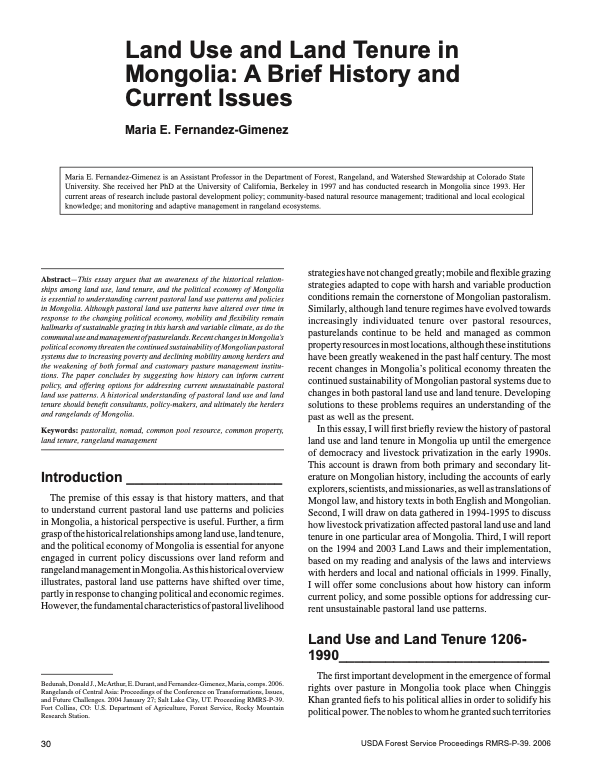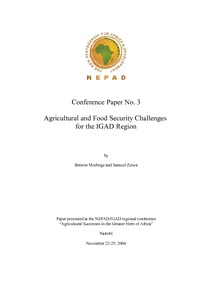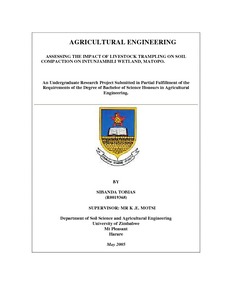Rural Land Use Policy for Fiji.
The Rural Land Use Policy for Fiji is a national policy with a multi-sectoral approach. The general principle of this Policy is to determine responsibilities of the State, landowners and land users in the fields of sustainable rural development, land management, protection of natural resources, having regard to biophysical, cultural, social and commercial factors.Technical, institutional and legal framework will be strengthened and assessment will be carried out on agricultural land, pastures and forests to ensure efficient land use.






